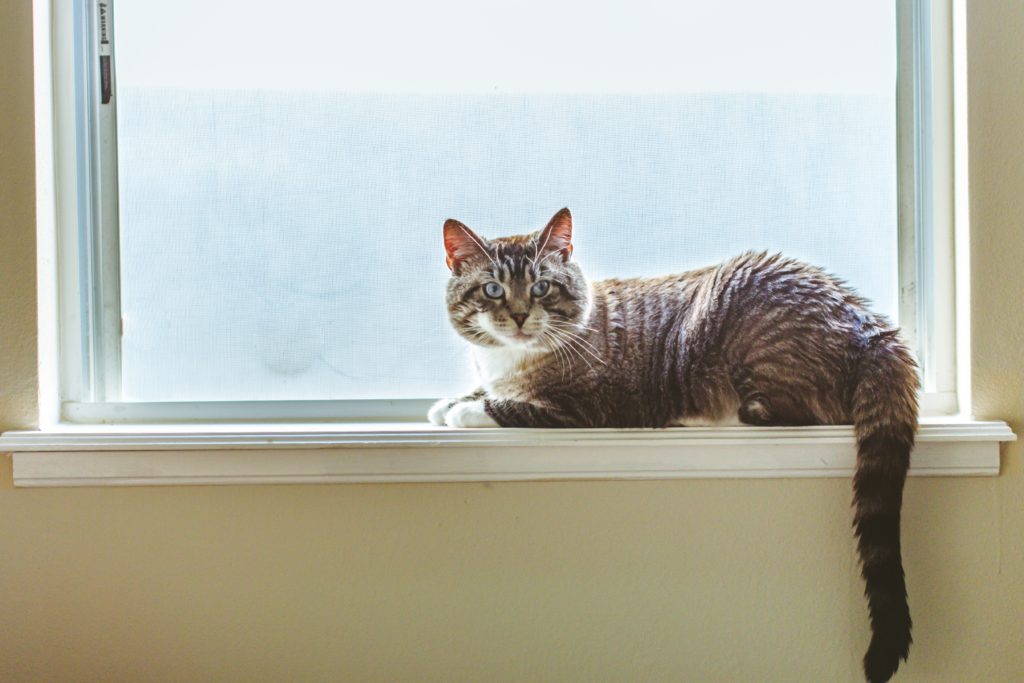 Substitute outside excursions with periods of indoor playtime or for supervised time on the patio. Cats are social creatures that crave human attention. You may find that he or she welcomes the indoors if you create an indoor environment of love, attention and play.
Substitute outside excursions with periods of indoor playtime or for supervised time on the patio. Cats are social creatures that crave human attention. You may find that he or she welcomes the indoors if you create an indoor environment of love, attention and play.
Provide plenty of inside stimulation for your pet. Cat-friendly toys and furniture – such as kitty condos, scratching posts, catnip toys, balls and even simple string – will stimulate and entertain your cat indoors. Interactive and interesting toys, particularly when combined with your time, encourage activity indoors and provide needed exercise for indoor cats. Remember to praise your pet for using these items to encourage continued use.
Give the gift of indoor greens. If your indoor cat is destroying your indoor plants, consider purchasing special cat-friendly kits of fresh greens to satisfy your cat’s craving and to deter kitty from grazing on your plants.
Consider leash training, if necessary. If your cat still craves the outdoor experience, consider leash training with a harness so you can supervise her/his time outdoors. Never leave your cat outside unsupervised, while on a leash or a lead.
Use a water bottle to deter door darting. If your cat dashes for an open door, consider using a water bottle to discipline the action until he/she no longer exhibits the behaviors.
Have your cat spayed or neutered. This will not only help to control the pet population, but will make for a more social cat that’s less apt to roam.
Consider introducing a friend. If you can make the extra financial and emotional commitment, many cats enjoy the companionship of another cat or compatible dog.
Clip claws frequently. Clip your cat’s nails every one to two weeks or glue on artificial nail caps call “soft paws” every six to eight weeks.
Clean the litter pan daily. If their litter boxes are clean, cats are more apt to use them and less apt to make a mess in the house.
Don’t give up. If your cat develops behavioral problems when they are no longer permitted to go outdoors, review your steps and keep working with your cat. Most behavioral problems can be attributed to a change in routine that is too abrupt, boredom or loneliness.


